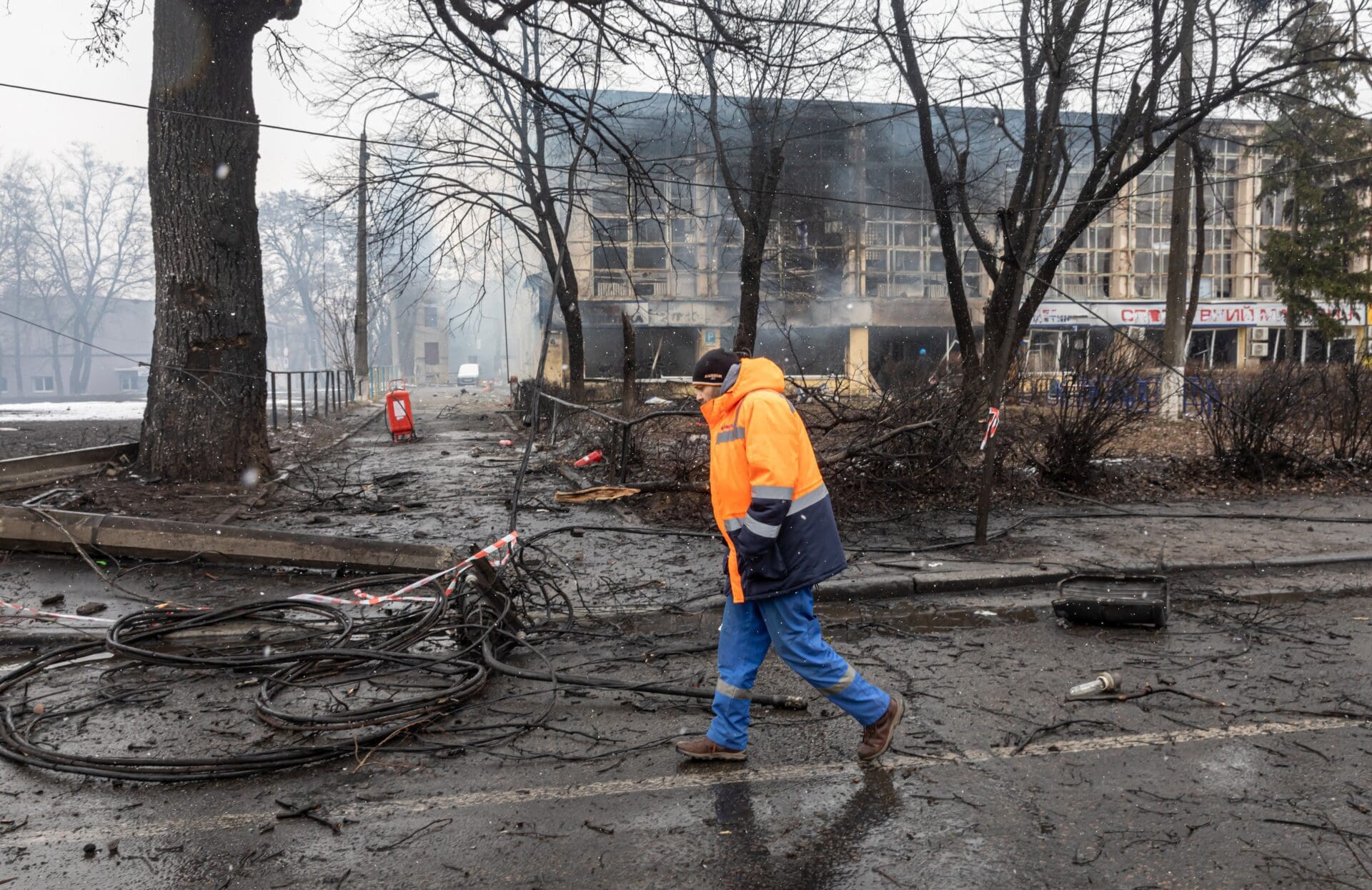Although his troops are pushed back on the battlefield, the Russian leader has still not given up on breaking the opponent’s will to fight—now, the goal is to leave Ukrainians without electricity and heating in the fast-approaching winter. Conclusions for the future can be drawn and the course of the series of Russian attacks can be reconstructed from the writings of Tom Cooper, an analyst living in Austria.
The series of Russian strikes on Ukraine on 15 November 2022 damaged the energy network of our north-eastern neighbour more than ever before. In light of Russia’s strategic attack capabilities, experts expected this general air campaign much earlier, which, in the end, did not happen in the sense that the Russians did not break Ukraine’s combat power with a general, annihilating strike in the first days. It seems that Moscow decided a series of precision attacks is much more reasonable, so
now they only rely on destroying the most vulnerable Ukrainian targets. The power network is just like that.
The 15 November attack was carried out primarily with the most modern cruise missiles of the Russian armed forces, the Kh-101 missiles. In light of the fact that in the past months only very old (Kh-22) missiles have been used, and modern ones only sporadically, the latest attacks can be seen as a deployment of critical Russian reserves. Most of the cruise missiles were launched over the Caspian Sea by Tu-95 and Tu-160 strategic bombers, which, instead of the usual east-west direction, entered the country mainly from the south, along with the Kalibr missiles launched by the Black Sea Fleet.
After the attack, 80 per cent of the Ukrainian power network shut down temporarily.
However, there is no complete, catastrophic destruction yet. The Ukrainian authorities restored electricity in the most important areas within eight hours. Regardless, they warned that even the capital may be left with no electricity during the winter.
It seems that the Russian attack was not as effective as planned. Along with the first wave of missiles, the Russian air force was supposed to shoot down the Ukrainian fighters while taking off, and potentially the anti-aircraft missile sites as well, but that did not happen. As a result, a significant number of Russian cruise missiles were destroyed—according to the US, the newly delivered NASAMS air defence systems achieved a 100 per cent hit rate.
Apparently, Russia’s air offensive is trying to split Ukrainian resources, while there is increasing pressure on the Russian troops in the south of Ukraine. However, a series of attacks on the power network may bring the Ukrainians to the negotiating table if life in the country becomes completely unbearable during the winter.
At the same time, it is questionable whether the Russians can continue their bombing campaign with such intensity.
Considering that the Ukrainian air defences are still working quite well, Russians would need vast resources to strike a decisive blow.
It is possible that the previous relative bombing ‘intermission’ in which only old cruise missiles and cheap Iranian drones were deployed was merely a preparation for the attack on 15 November. Whatever the case may be, it takes much more than these kinds of actions to paralyze the Ukrainians—the attack on 17 November, for example, was much more moderate and had smaller impact.
The limitations of the Russian firepower, combined with poor reconnaissance and coordination, has already become apparent in other areas as well. After the Russian successes in the summer artillery war, it seemed that Moscow might succeed in grinding down the Ukrainians with their superior firepower, but in the end, they were too slow to prevent the Ukrainians from preparing counterattacks. In the coming months, it will be interesting to see whether the waves of Russian strategic bombing will break Ukraine first, or the Ukrainian HIMARS attacks and drone strikes will inflict fatal damage on the Russian armed forces in the Melitopol and Zaporizhzhia regions.
Click here to read the original article








